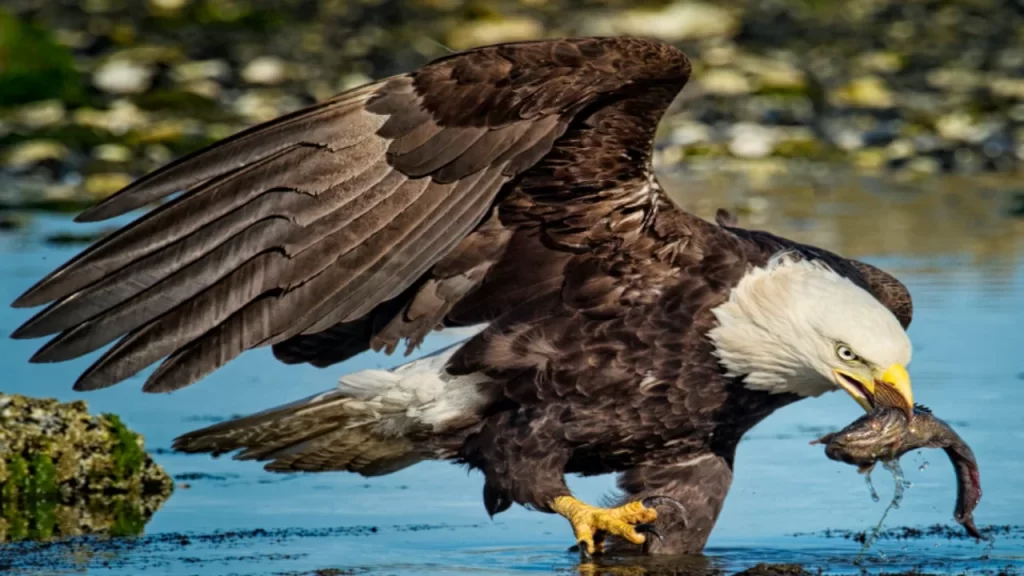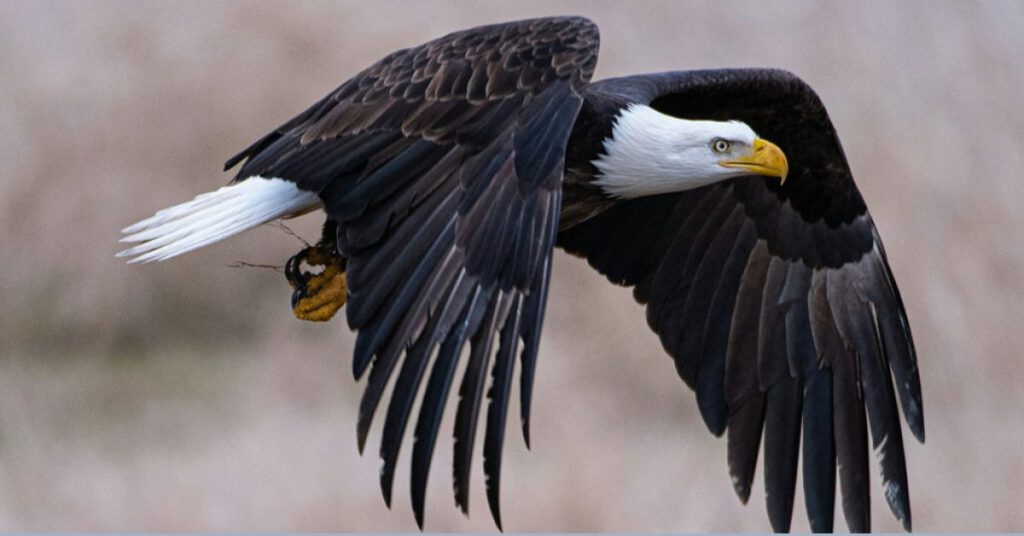Introduction
The Hancock Bird, while not a scientifically classified species, represents a group of birds closely associated with conservationist David Hancock. Known for their distinctive behaviors and significant role in ecosystems, Hancock Birds capture the attention of bird enthusiasts and researchers alike. This article explores their origins, habitat, behaviors, and the ongoing conservation efforts crucial for their survival.
Origins and Historical Context
Origin of the Name
The term “Hancock Bird” honors David Hancock, a wildlife conservationist renowned for his work with birds, particularly raptors and eagles. Hancock’s pioneering efforts, including the use of live streaming cameras for bird observation, have significantly advanced the study and conservation of these avian species. His contributions have provided invaluable data, making the term “Hancock Bird” a symbol of dedicated avian conservation.
Historical Significance
David Hancock’s innovative use of technology, such as live cams, has revolutionized birdwatching and research. These technologies have made it possible to observe birds in their natural habitats without interference, offering new insights into their behaviors and interactions. Hancock’s work has not only highlighted the importance of protecting bird habitats but also engaged the public in conservation efforts.

Cultural Importance and Symbolism
Cultural Representations
Hancock Birds, especially raptors, hold a special place in various cultures. They are often depicted as symbols of power, freedom, and resilience. Their majestic flight and keen eyesight have inspired countless myths, legends, and works of art, embodying human ideals of strength and vision.
Symbolic Meanings
In many indigenous cultures, birds like eagles are revered as spiritual symbols. The Hancock Bird, representing these majestic creatures, carries similar symbolic meanings. They are seen as messengers of the gods, symbols of peace, and emblems of strength and endurance.
Habitat and Adaptation
Natural Habitats and Geographic Range
Hancock Birds inhabit in a “variety of habitats“, from dense forests to open fields. They are adaptable and thrive in areas that provide ample food and nesting opportunities. These birds are commonly found in regions like North America, particularly in British Columbia, where extensive conservation efforts support their populations.
Adaptation and Distribution
Their adaptability is evident in their ability to occupy various habitats, including coastal areas, wetlands, and mountainous regions. This flexibility allows Hancock Birds to survive in diverse environments, adjusting to changes in food availability and climate conditions.
Unique Behaviors and Characteristics
Behavioral Traits
Hancock Birds are known for their complex behaviors, including intricate mating rituals and unique vocalizations. During the breeding season, these birds engage in elaborate displays such as aerial acrobatics, which are essential for attracting mates and establishing territories. These behaviors are not only fascinating to observe but also critical for their reproductive success.
Feeding and Nesting Habits
As opportunistic feeders, Hancock Birds consume a varied diet consisting of fish, small mammals, and other birds. Their nests, often located in high and secure places, are meticulously built from twigs, leaves, and other natural materials. Both parents play a vital role in raising their chicks, sharing responsibilities from incubation to feeding.

Migration and Conservation Efforts
Migration Patterns
Hancock Birds are known for their long migrations, often traveling vast distances between breeding and wintering grounds. These migrations are influenced by seasonal changes and are crucial for accessing essential resources like food and suitable nesting sites.
Conservation Challenges
The conservation status of Hancock Birds varies across species, with some facing significant threats from habitat loss, environmental changes, and human activities. Conservation initiatives, such as habitat restoration and the establishment of protected areas, are critical for their survival. Organizations like the Hancock Wildlife Foundation work tirelessly to implement these measures, advocating for stronger legal protections and public awareness.
Technological Advancements and Public Involvement
Role of Technology
Technological advancements have greatly enhanced the study and conservation of Hancock Birds. The use of live cams, GPS tracking, and satellite telemetry allows researchers to monitor these birds in real time, gathering data on their behavior, migration, and habitat use. This technology not only aids scientific research but also educates the public about the importance of bird conservation.
Citizen Science Contributions
Public participation through citizen science initiatives has also been invaluable. Platforms like eBird enable birdwatchers to report sightings and contribute data, expanding the scope of research and fostering a community of conservation-minded individuals. This collective effort helps track bird populations and supports conservation strategies.

Urban Adaptation and Human Interaction
Urban Adaptation
Hancock Birds have shown remarkable adaptability to urban environments. They can often be found in cities, utilizing new food sources and nesting sites in man-made structures. Understanding their adaptation to urban areas is crucial for developing strategies to mitigate potential human-wildlife conflicts and promote coexistence.
Human Interaction
Interactions between humans and Hancock Birds can be both positive and challenging. While urban environments offer new opportunities for these birds, they also pose risks such as collisions with buildings and exposure to pollutants. Public education and awareness campaigns are essential to ensure these interactions are safe and beneficial for both birds and humans.
You May Also Like: Get busy living or get busy dying
Conclusion
The Hancock Bird, a symbol of nature’s beauty and resilience, highlights the intricate relationships between wildlife and human activities. Understanding their behaviors, habitats, and the challenges they face is vital for their conservation. As we continue to study and protect Hancock Birds, we contribute to preserving the biodiversity that enriches our planet. Through dedicated conservation efforts and public engagement, we can ensure that these magnificent birds continue to thrive for generations to come.
Frequently Asked Questions (FAQs)
What is the Hancock Bird?
- The Hancock Bird is a colloquial term associated with various bird species, particularly raptors, named after conservationist David Hancock, known for his work in avian studies.
Where can Hancock Birds be found?
- Hancock Birds are primarily found in North America, especially in regions like British Columbia, where they inhabit forests, coastal areas, and wetlands.
What are the unique characteristics of Hancock Birds?
- Hancock Birds are known for their vibrant plumage, distinct vocalizations, and complex behaviors such as intricate mating displays and territorial calls.
Why are Hancock Birds significant in culture and history?
- These birds symbolize power and freedom in many cultures and are often featured in myths, legends, and art as emblems of strength and vision.
What do Hancock Birds eat?
- They are opportunistic feeders with a diet that includes fish, small mammals, and other birds, depending on availability and habitat.
How do Hancock Birds adapt to urban environments?
- Hancock Birds adapt to urban areas by utilizing new food sources and nesting sites in man-made structures, demonstrating remarkable resilience.
What are the main threats to Hancock Birds?
- Major threats include habitat loss, climate change, and human activities such as pollution and hunting, which impact their survival.
How are Hancock Birds studied and monitored?
- Researchers use technologies like GPS tracking and live cams to monitor their behavior, migration patterns, and habitat use, providing valuable conservation data.
What role does David Hancock play in the study of these birds?
- David Hancock is a conservationist whose work in bird conservation, including the use of live streaming cams, has advanced our understanding of various bird species.
What conservation efforts are being made for Hancock Birds?
- Efforts include habitat restoration, legal protections, public education, and initiatives by organizations like the Hancock Wildlife Foundation to safeguard these birds.



